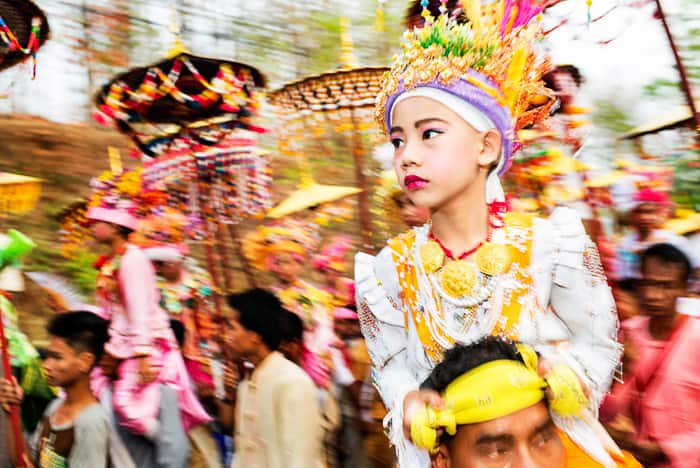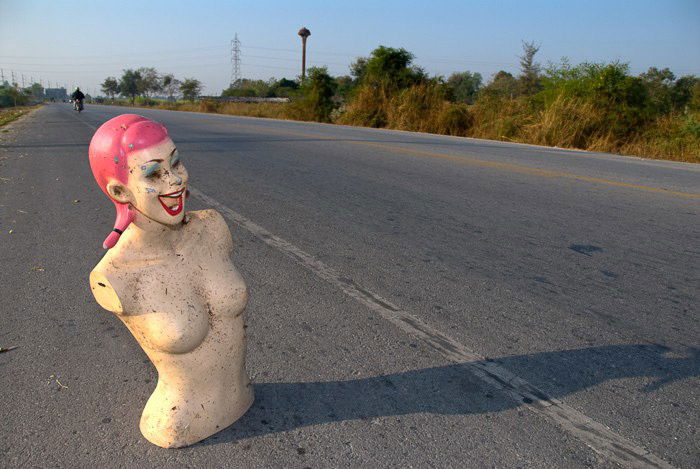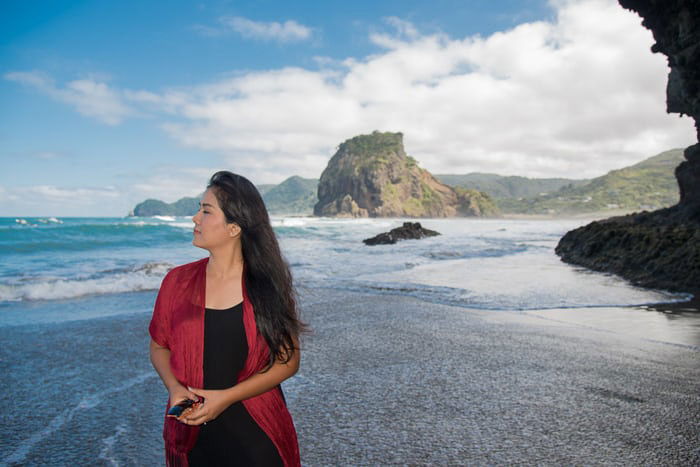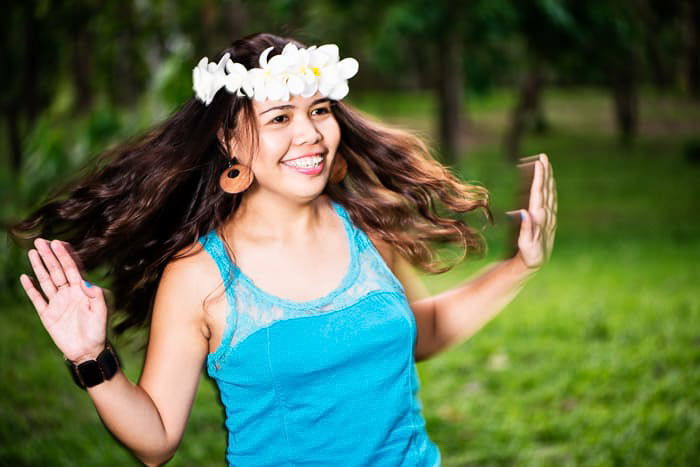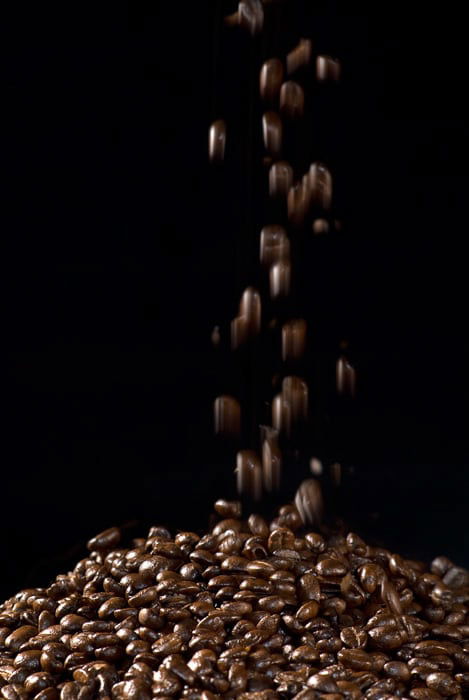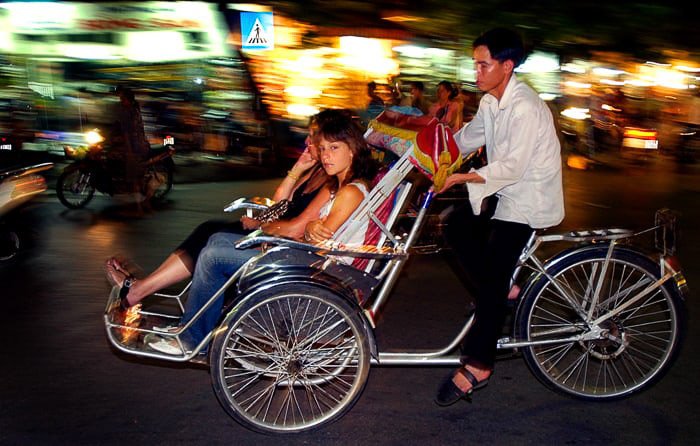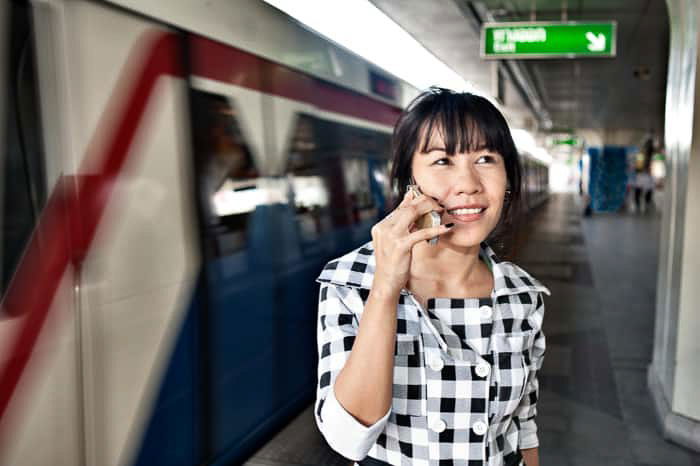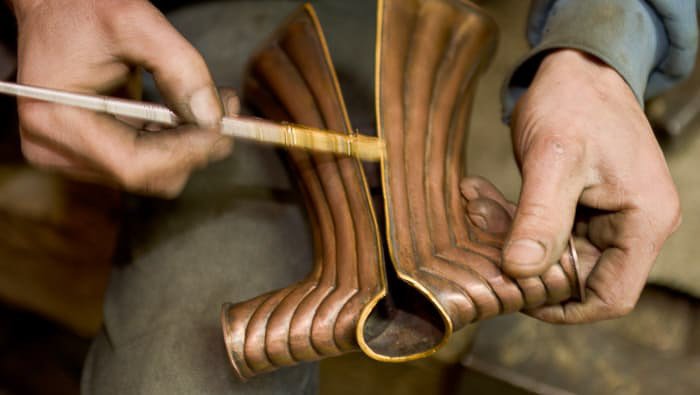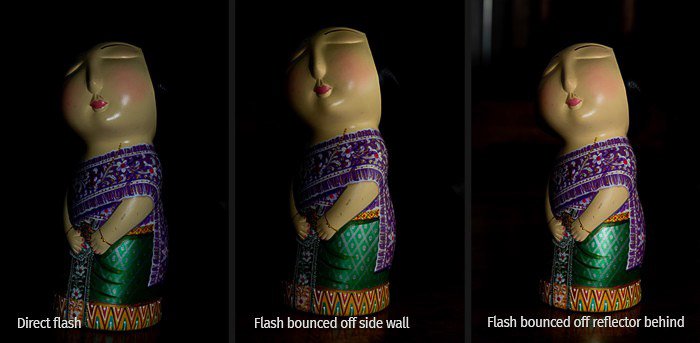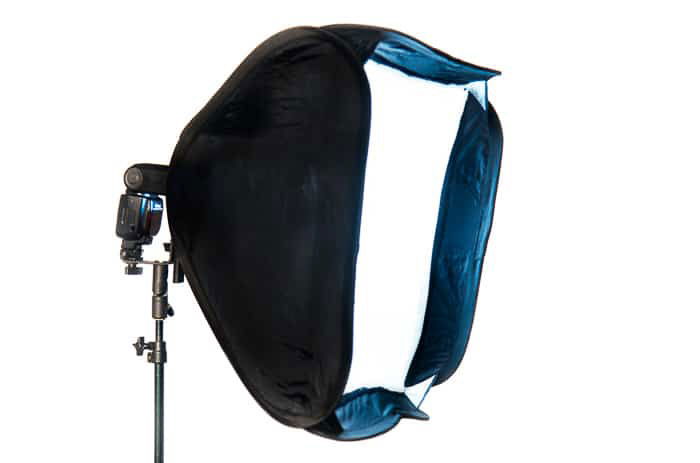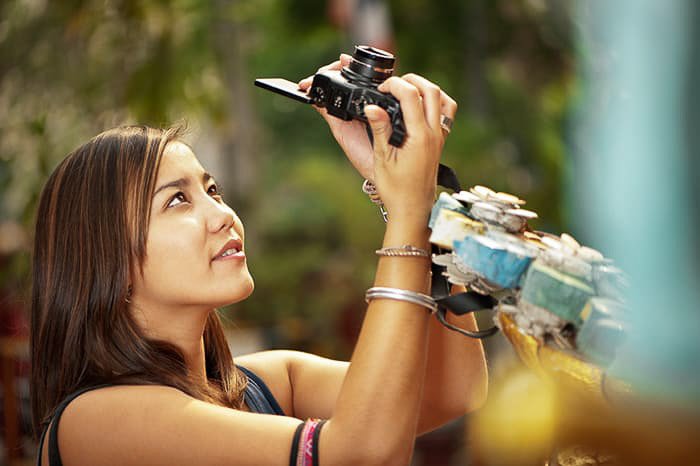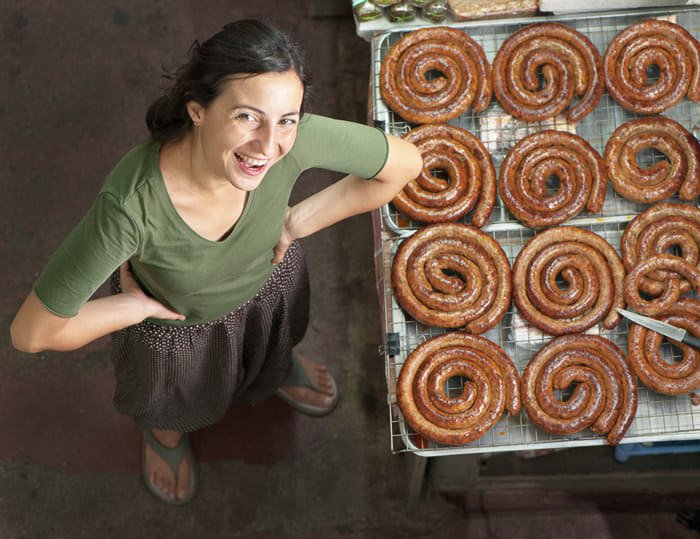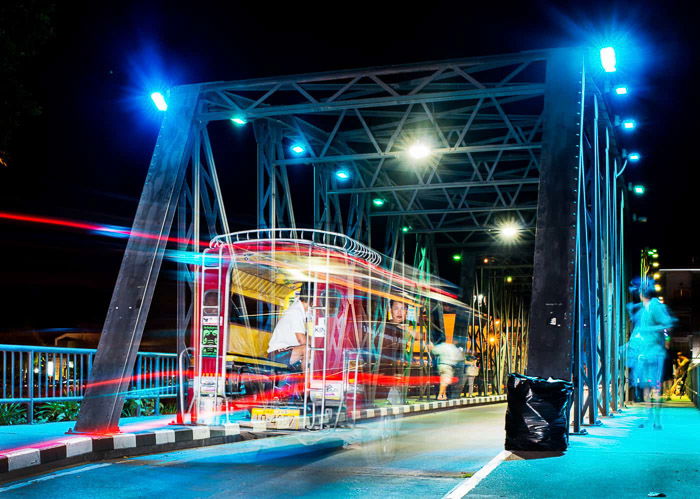Introducing flash techniques to your photography doesn’t only mean more light. It also means more exposure options, control, and complications. But it also opens up whole new areas of photography, allowing you to advance your skills. [Note: ExpertPhotography is supported by readers. Product links on ExpertPhotography are referral links. If you use one of these and buy something, we make a little bit of money. Need more info? See how it all works here.]
How to Use A Flash (10 Tips for Better Photos)
Here are 10 tips for better flash photography. These will help both beginners and advanced photographers.
1. Learn Settings and Modes to Sync the Flash and Camera
When it comes to flash photography, there are three important settings you need to know:
Through the Lens (TTL) Metering: This is common with camera flashes. With this setting, the camera and flash communicate with each other. When you press the shutter release, the flash provides the required light. This depends on the ambient light and your camera’s current exposure setting. And the distance your subject is from your camera matters, too. Automatic Mode (A): In this mode, you provide the flash with the aperture and ISO value for correct exposure. The flash sensor measures the light output. And it cuts off its power when there’s enough light based on your aperture and ISO settings. The measurement of the flash output is independent of the camera’s light meter. Manual Mode (M): You calculate how much light you need and set the output of your flash yourself. The camera and flash have no control over how much light the flash puts out. © Kevin Landwer-Johan
You need to adjust your camera exposure settings to match the output from the flash. TTL and Auto modes are the easiest to use, especially when you are not used to using a flash. But they are not always as accurate as Manual mode can be.
2. Use Your Flash For the Best Lighting Outcomes
Most people use flash photography only when it’s dark at night or indoors. This is because there isn’t enough natural light or ambient light. But there are many other situations where we recommend it. You can use a flash to get rid of shadows from your photo. Adding in an extra light source can minimize shadows by filling them in. Place the flash opposite the light source causing the shadows to achieve this. You can also use flash and a slow shutter speed when photographing a moving subject. This creates a half-frozen impression. This technique might take some practice to master. But it’s a fun and often unpredictable way to practice your skills. Illuminating your subject more than the background helps to isolate it. Set your flash so the output is much higher than the background light. This causes your subject to be brighter. This means it stands out more. Adding a little flash with dull light can bring a photo to life. Light can be flat on cloudy days, before sunrise or after sunset. Introducing a little flash into a scene when the light is like this can liven it up. Strong backlight is also often a challenge. Balancing flash with backlighting diminishes the washed-out look. This is due to the strong light behind a subject.
3. Use a Flash to Correctly Expose an Image
One of the best flash photography tips I can offer is balancing your flash and camera settings. Unbalanced settings lead to too much or not enough light from your flash. Take the photo below, for example. I started by making a reading of the ambient light with my camera’s exposure meter. I set my camera using manual mode settings. I took my exposure reading in this photo to expose the background well. My wife was standing in the shadow of the rock. So I would have underexposed her if I had not used a flash. I popped up the on-camera flash and set it to TTL. In this case, it gave me a well-balanced exposure. The light on my wife and the background was similar. If there is an imbalance between the ambient light and the flash, your photos will not look natural. This is okay if it is what you want. You can set your camera’s exposure to underexpose a background. And you can have your flash illuminate your subject with the correct amount of light. When the difference in settings is extreme, it results in an imbalance. Photos again look unnatural. The effects can be subtle and quite interesting when there’s less difference. This is how I created the photo below of a young woman dancing.
4. Flash Photography and Shutter Speed
Shutter speeds are limited with flash photography. You cannot use the fastest shutter speeds when you are using flash. This is because the flash must synchronize to fire when the shutter is open. At a faster speed, the shutter is not completely open all at once. Modern cameras limit the shutter speed to the max sync speed the camera is capable of. This varies from camera to camera but is typically around 1/250 s. On higher-end cameras with dedicated flash units, it can be much faster. Check if your shutter speed is set above your camera’s sync speed. The camera then automatically sets a slower shutter speed. Using a faster shutter speed allows you to open your aperture wider. This means you need less flash output, and your flash recycles and is ready to fire sooner. You need faster shutter speeds with a flash for pictures in bright sunshine. To help you choose, think about how shutter speed has more effect on the ambient light. And aperture has more effect on the flash exposure. Set your shutter speed so that the ambient light in your scene is good. Then set your flash to balance for the look and feel you want. ISO also affects your exposure. But not as much with flash output.
5. Change Aperture Settings for Motion Blur and More Light
With your flash to manual, check the aperture setting. It determines how much light from the flash influences your exposure. Your choice of ISO and shutter speed also affect your choice of aperture. You can set your shutter speed anywhere within the sync range. This does not influence the exposure the flash provides. But it does affect the exposure from ambient light if there is any. I took this photo of coffee beans below in a dark room with very little ambient light. I used an aperture of f/5.6 and set my flash manually to achieve the correct exposure. I chose a shutter speed of 1/15 s to allow for some motion blur in the falling beans. The lack of ambient light is important here. This means that a faster or slower shutter speed would not have affected my exposure. I made this photo of a rickshaw below with ambient light and a flash to get a good exposure. The combination of my aperture setting (f2/.8) and flash output exposed my subjects well. Using a shutter speed of 1/8 s meant the ambient light affected the background somewhat. But it did not affect the subject. The flash makes the subject a little brighter than the ambient light. Aperture settings when using TTL and Auto flash are not so vital. With these flash settings, the calculation is made for flash output. It takes into account all the camera’s exposure settings.
6. Change the Distance to Your Subject for Best Exposure and Lighting
Light diminishes the further it gets from the source. With the sun, we hardly notice it because it is so far away. With a flash, it’s different. The further your flash is from your subject makes a difference. Say you are one meter away from your subject. You then need half the output of light from your flash than if you were two meters away. We have all seen photos where the photographer has the flash too close to the subject. And it’s overexposed. To avoid this, move back and use a longer lens. Being too close to your subject and having your flash output too high causes dark shadows. This is because unmodified light from a flash is very harsh. You can use several techniques to get soft light that looks more appealing. Here are some of them…
7. Bounce Your Flash to Soften and Direct Light
The easiest way to change the flash output softer is by “bouncing your flash.” Turning the head of your flash, so it’s not pointing straight at your subject can help soften the light. You usually need something for the flash’s light to bounce off so some light is directed at your subject. You can use a ceiling above you, a wall behind or beside you, or a portable reflector. Bouncing the flash causes the light to scatter. This increases the surface area of the light. Light directly from the flash is harsh because the flash head is small. Increasing this area by bouncing the light spreads it around. This results in softer shadows. If you are bouncing your flash, you increase the effective distance of your flash to your subject. You must increase the flash output to keep the same exposure with manual settings. Or you must increase your aperture and ISO settings. With TTL or Auto, the camera and flash calculate the difference and adjust the flash output. Bouncing your flash also alters the direction light hits the subject. Too much flash bounced from above can cause dark shadows under people’s eyes, noses, and chins. Bouncing flash off a wall beside your subject significantly alters the photo’s look. And if you bounce flash from a wall or reflector directly behind you? It gives a different, often nicer, look. Below are three example photos:
I used a direct flash on the first one. I bounced the flash off a gray wall to my right in the second. I made the third photo by bouncing the flash off a large silver reflector behind me.
Look at the right side of the figure’s face. The shadow difference is most noticeable. Keep in mind that you get a color cast if you bounce your flash off a colored surface.
8. Use a Softbox to Change the Look and Feel of Flash Photography
One of my best photography accessories is a small collapsible softbox I use with a flash. This extra kit can make an immense difference to the look and feel of your photographs. I have a softbox that is 60 x 60 cm square. You can buy smaller versions too. But these don’t have the same capacity to spread and soften the light. Light is diffused and softened before it reaches your subject. The shadows will be less harsh, and the look of the light will be more natural. It is designed to be used off-camera and triggered remotely. You can use a softbox like this on a light stand or have someone assist you. In the image below, I had the flash and softbox on a light stand to my left. I manually set the flash and camera to balance the flash with the ambient light.
9. Use Your Flash Off-Camera for More Creative Lighting
Using an on-camera flash, either the one built into the camera or an external flash on the hot shoe is very limiting. You can only have the light coming straight at your subject or bouncing from a surface nearby. Taking your flash off your camera opens up many more creative lighting possibilities. You can position it to one side, above, below, or even behind your subject. When using an off-camera flash (most of the time), I place it opposite the main ambient light source. This allows me to balance the light by filling in, or partially filling in, shadows. But there are no limits to where you can place your flash, so long as its light still reaches your subject. The most important thing is creating light that comes from the best direction. It should fit the style of photo you want. This is the flexibility you have when using a flash off-camera. For the photo below, I was up on the mezzanine market level, and my model was on the lower level. The flash and softbox were on a stand outside the bottom right of the frame, also on the lower level.
10. Use Rear Curtain Synch for Moving Subjects and Nice Back Blur
Modern camera shutters are made of two “curtains.” When the front curtain opens, the sensor is exposed to light. When the second or rear curtain closes, the exposure ends. Most cameras default to the flash being triggered once the front curtain is fully open. You can change this setting on your camera. Then the flash is triggered immediately before the rear curtain closes. This may not seem like much of a difference. Our exposures are typically only fractions of a second. But using a slower shutter speed with rear sync can produce very different-looking photos when there’s motion. (It makes no real difference when nothing is moving.) Photographing something moving and using a slow shutter speed produces some blurring of the moving subject. If you set your flash to front curtain sync, the subject will be “frozen” at the start of the exposure. The blur trail then appears in front. The blur happens before the flash fires if you use rear curtain sync. The moving subject is frozen just before the shutter closes, and the blur appears behind it. Even with only a slight amount of blur, the results are much more pleasing than with front curtain sync. Synchronization can also manually happen when it comes to long exposures. In the image below, my wife was about three meters in front of the camera and off to the right with the flash. I wanted the flash closer to the taxi truck as it entered the bridge. At that distance, the flash would not trigger automatically. The exposure time was 1.6 seconds. My wife was manually firing the flash. It took several attempts to get some frames exposed well. I had the flash firing before the rear shutter curtain closed.
Conclusion
Put in the time to learn how to use a flash and practice. Studying and comparing your results gives you practical experience. Through this process, you learn far more than by only reading or watching videos about how to do it. Once you are grounded in the basics and grasp how the flash works, cut loose! Play with motion, bounce it, and use a softbox or several external flash units… You can check out our other article on using a ring flash next!
